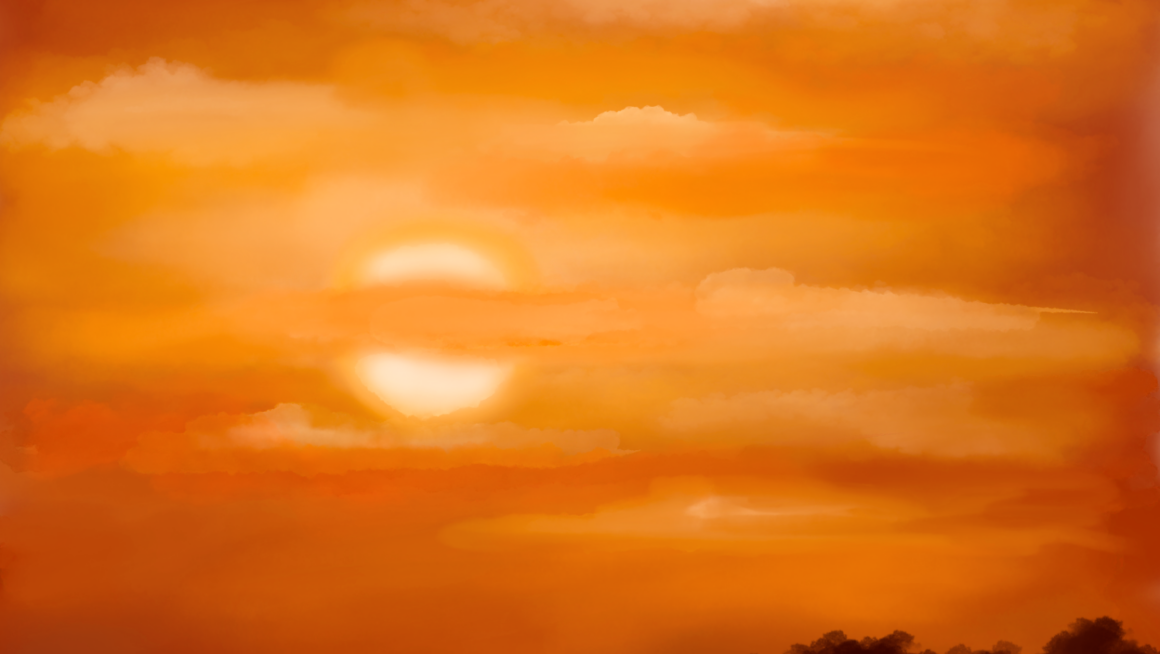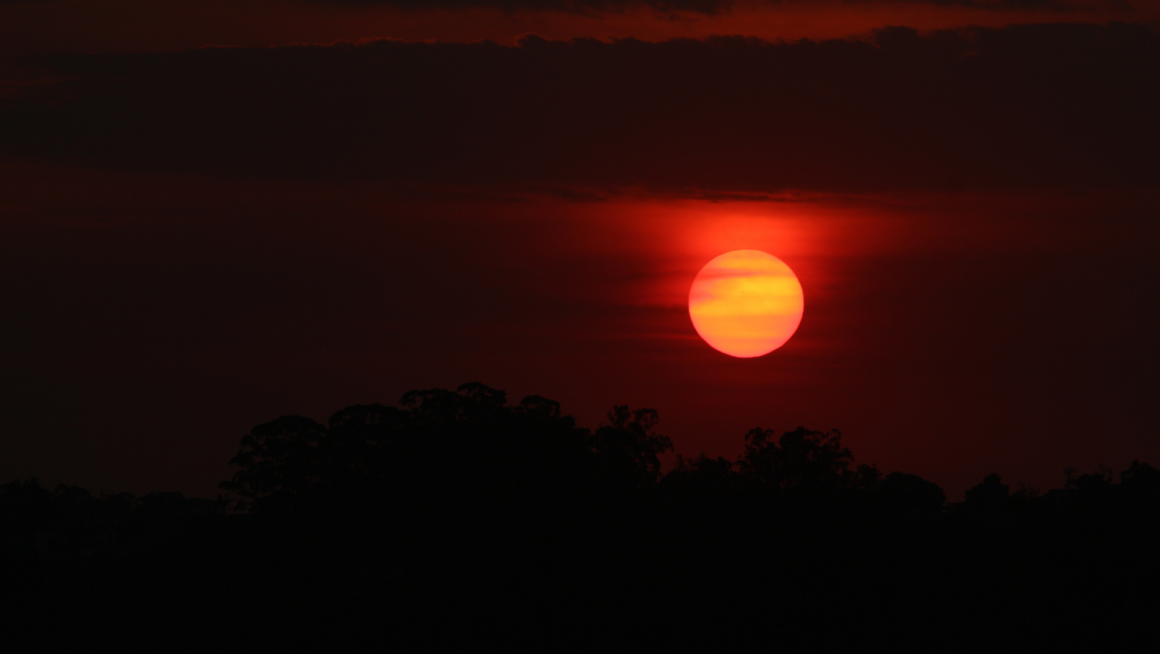
Sunsets are nature’s grand finale, a spectacular show of colors that provides a sense of calm and serenity. But have you ever noticed how the presence of clouds can dramatically enhance this daily spectacle? Clouds can add depth, texture, and a palette of colors that transform an ordinary sunset into an extraordinary one.
This article delves into the science and beauty of sunset clouds, along with New Industry Trends related to capturing these moments. It’ll explore why they appear the way they do, and how different types of clouds can affect the visual drama of a sunset. Whether you’re a casual observer or a passionate sunset chaser, you’ll find this exploration of sunset clouds fascinating and enlightening. So, let’s dive into the captivating world of sunset clouds and discover what makes them such a mesmerizing sight.
Aesthetics of Sunset Clouds

Sunset clouds boast an extraordinary allure that captivates onlookers, stemming from their intricate interplay of light and color. A Step-by-Step Guide to Developing an understanding of sunset clouds can heighten one’s appreciation for natural beauty, turning ordinary sundowns into profound aesthetic experiences.
Sunset clouds unfailingly charm viewers with their resplendent display of hues, ranging from fiery reds to melancholic purples. The fascination behind sunset clouds lies largely in their transient nature; no two sunsets are alike. Each exhibits a unique tableau of color, owing to varied conditions at play, such as the types of clouds present and the amount of atmospheric particulates. A closer study of sunset clouds reveals an ever-changing, atmospheric canvas born from environmental and celestial interactions.
The Science Behind Sunset Clouds

Delving deeper into the captivating phenomenon of sunset clouds, this part of the article attempts to untangle the complex interplay of light, atmosphere, and environmental factors at work during sunset that gives rise to this visual spectacle.
The Role of Atmospheric Phenomena
Atmospheric phenomena play a crucial role in determining the visual grandeur of sunset clouds. Sunlight, during its descent, passes through the earth’s atmosphere, filled with numerous microscopic dust and water particles. These particles bend the light, process referred as ‘scattering’. Shorter wavelengths (blue and violet) scatter more compared to their longer counterparts (red, orange, and yellow). However, it’s the latter, not efficiently scattered, that reach our eyes, painting the sky and clouds with their warm hues.
Moreover, clouds—being denser than the atmosphere—scatter light even more, hence adding intensity and additional colors to the sunset backdrop. Elements like aerosols enhance the effect of scattering, contributing to the vivid colors observed during sunset. Compelling displays like the red evening sky aren’t sheer coincidental gifts from nature but are indeed manifestations of intricate atmospheric phenomena.
Tips to Appreciate and Document Sunset Clouds

Gaining a better understanding and appreciation of sunset clouds opens an avenue to express their beauty. Tips for observing and capturing these remarkable sights are discussed in this section.
Techniques for Capturing Sunset Clouds in Photography
For photography enthusiasts, capturing the magnificence of sunset clouds is an exciting challenge. It’s crucial to use the right techniques to truly do justice to their beauty.
Firstly, a sturdy tripod is necessary for stable, clear shots, especially when shooting in low light conditions. This helps to avoid blurriness caused by hand shakes.
Secondly, it’s recommended to lessen the camera’s exposure settings to capture the rich colors of the sky during sunset, as overexposure can wash out the vibrant colors.
Moreover, the use of filters, such as a graduated neutral density filter, assists in balancing bright skies with darker landscapes, ensuring a well-balanced shot.
Lastly, using composition rules, such as the rule of thirds, balances the frame between the sky and the landscape, resulting in a photograph that’s visually pleasing for viewers. Framing the shot properly also helps to emphasize the clouds in the sky and the colors thrown off by the setting sun.












